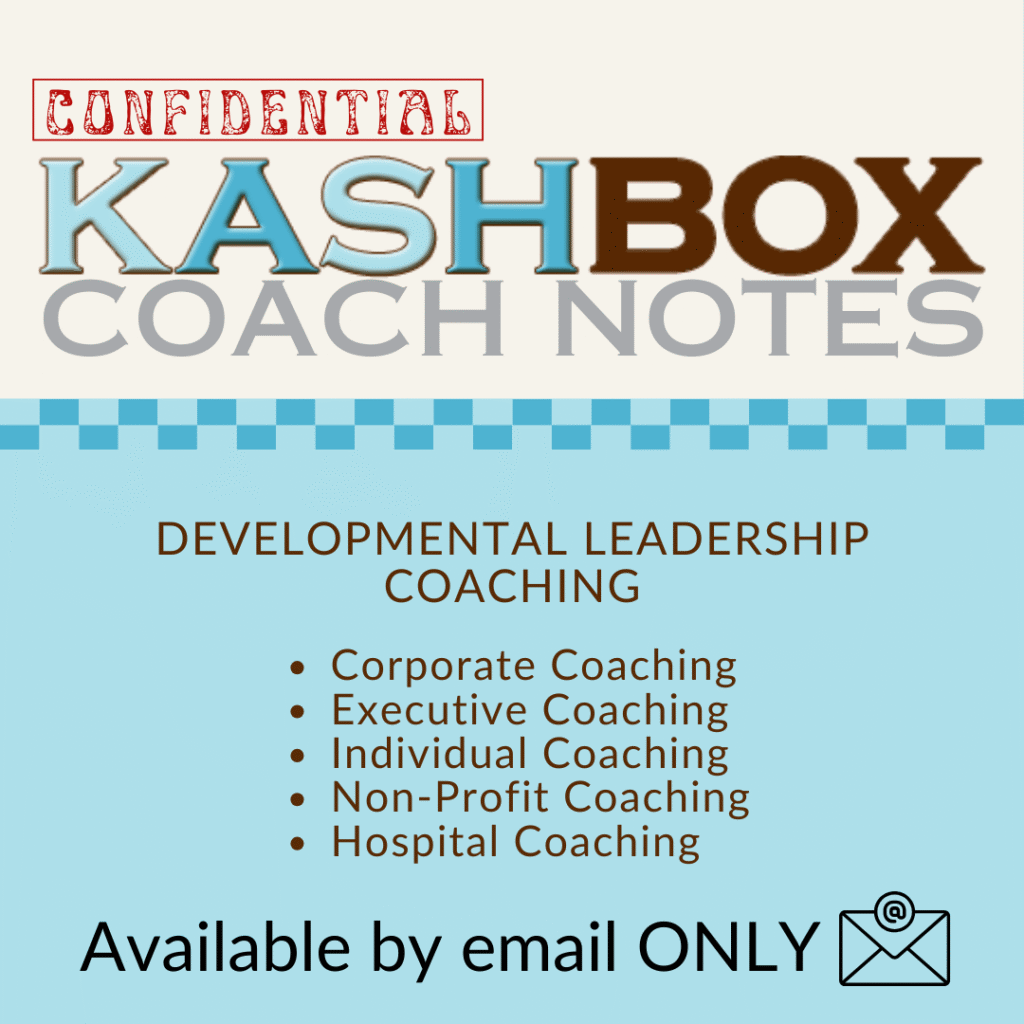The most notable innovations directly result from disruptors: leaders who changed the game. They transformed existing markets (or created new ones) by focusing on convenience, simplicity, accessibility, or affordability. Disruptive leaders learned to innovate quickly, cheaply, and with less risk. But this is no easy feat, especially in today’s accelerated environment. For many, disruption causes anxiety and fear and leads to disruption fatigue. Leadership coaching helps these leaders maintain their focus to achieve their goals.
In the past decade, remarkable innovations and extraordinary technological advancements have changed how we live, play, and conduct business.
Today, anyone with a smartphone has access to general artificial intelligence. We can easily manage everyday tasks (Google Assistant), send money (Venmo), travel about town (autonomous taxis in some U.S. cities), and answer our doors—from anywhere (Ring).
In the world of sports, racing sailboats have gone from large, single wooden hulls to aerodynamic flight vessels. Their once canvas sails are now wings that carry the team on two or three small hydro-foils faster than the speed of the wind.
Simulators and virtual reality are now part of learning and training. Organizations have become data-driven cultures led by Chief Data Officers. These officers work with data scientists and computers that process hundreds of hypothetical questions and answers.
And incredibly, we’re just getting started.

Ready to Find Your Perfect Kashbox Coach?
Every executive and business leader has unique strengths and faces specific challenges. That’s why we offer a diverse team of experienced coaches, each with specialized expertise in different areas of leadership coaching.
Click the button below to match with a Kashbox Coaching leadership coach who can best help you unlock your full potential.
Ignoring the problem or feeding the fear are not real solutions. Leadership during disruption calls for a two-pronged approach: improving current product performance and developing new disruptive technology.
In many cases, starting, re-tooling, and scaling a business is easier than ever before. But achieving and maintaining success is another matter. While rapid innovation and new technologies allow for faster speed to market, there are considerable risks and impacts.
Leadership in a time of disruption calls for examining mission and vision. It requires a clear understanding of current and potential future disruptors. To succeed, leaders, executives, and managers must lead with careful consideration and mindful intention.
The Great Paradox
While all innovators are disruptors, not all innovators are disruptors. Disruption changes how we think, behave, do business, learn, and live. Disruptive innovation displaces an existing market, industry, or technology and produces something new, more efficient, and worthwhile.
Researcher, professor, and author Clayton Christiansen described disruptive innovation as a corporate effort to redefine quality, adopt new technologies, and anticipate customers’ future needs. Simply put, disruptors change the game instead of trying to beat their competitors.
In The Innovator’s Dilemma: When New Technologies Cause Great Firms to Fail (Harvard Business Review Press, 2016), Christiansen shares his research on success sustainability and the great paradox of two principles taught in business schools: that you should always listen to and respond to the needs of your best customers and that you should focus on investing in innovations that promise the highest returns. However, Christianson says these two principles “sow the seeds of every successful company’s ultimate demise.”
According to Christiansen, most sustaining technologies foster improved product performance; they are discontinuous, radical, or incremental. Disruptive technologies result in worse product performance—at least in the near term; they underperform established products in mainstream markets. But they have other features that a few fringe (and generally new) customers value.
Are we burned out on the hype?
The word “disruptive” evokes memories of school children unable to self-soothe or stabilize feelings, passionate entrepreneurs sharing their vision, and bosses who are feeling pressure from their bosses or shareholders.
In an interview with The Guardian, Georgia Institute of Technology Professor Ian Bogost told Leigh Alexander, “The big difference between even disruptive innovation and plain disruption is that the former was focused on improving a product or service or sector or community, while the latter looked first at what it could destroy. Everything is fire and brimstone.”
When Christiansen first used the phrase “disruptive innovation,” it evoked possibility, excitement, and hope. Today it signals uncertainty and change. Leadership in a time of disruption requires leaders to address fear before it takes hold.
Receive [CONFIDENTIAL] Coach Notes directly to your inbox.
Your e-mail address is used to send you our newsletter and information about Kashbox Coaching’s activities. You can always use the unsubscribe link included in the newsletter.
When Fear Takes Hold
A fear-based culture is not always easy to spot, at least initially. Indicators to watch for include:
- Workers overly focus on daily goals.
- Supervisors overly focus on results, infractions, and order
- Problems are ignored
- Communication is via rumor
- Uncertainty and suspicion are the status quo
- Stress and illness are common
- The blame game (and CYA) run rampant
- Collaboration does not exist
- Advancement is rare
- Team players are identified by their willingness to support the culture of fear
- Mistakes are not tolerated
Certainly, a healthy level of fear is vital for individuals and organizations. However, leaders contribute to a culture of fear by doing nothing; unfortunately, they are often unaware that their leadership is fear-based. Instead of trusting (and inspiring) their colleagues and employees, they employ fear as a means to control. These leaders also create silos within their organization (isolating lines of business, departments, teams, and individuals) and set unrealistic goals and expectations.
Fear-based leaders may have good intentions, but when their fears are left unaddressed, they manifest a heightened sense of urgency.
In a recent HBR article, researchers examined what happens when leaders and organizations emphasize urgent action over thoughtful consideration.
In the study, Research: Organizations That Move Fast Really Do Break Things (HBR 2020), a “move fast and break things” attitude exposes fast-growing organizations to significant risks. Psychologists refer to this tendency as “locomotion goal pursuit.” Organizations that emphasize urgent action over thoughtful consideration are more likely to have unethical decision-making.
The researchers found that an organization can grow conscientiously by offsetting a strong locomotion motivation with a strong assessment motivation.
What Great Leaders Do in Disruptive Times
We’ve moved past the industrial age to the information age, where data, blockchain, and quantum computers may be great disruptors in every economy, sector, segment, and industry. Understanding the basics of these technologies can help leaders address fears and engage all stakeholders in developing strategies and tactics for sustainable technologies and disruptive innovations.
Examine your assumptions. What do you know about disruptive innovation? What do your employees know? Here are just a few topics to consider:
Data: Facebook, Google, and Twitter now collect 5.6 billion bits of data per day. And in just the first three weeks of February 2020, HBR published 11 articles on the subject of data. How are you using data? Do your employees understand how their data is being collected and used?
Blockchain: a growing list of records that are linked using cryptography. Each block contains a cryptographic hash of the previous block, a timestamp, and transaction data. The data in any given block cannot be altered retroactively without altering all subsequent blocks, which requires the consensus of the network majority. Reuters has created a graphic of this process.
Quantum computers: A handful of companies have introduced prototype quantum computers. The fundamental component is the quantum bit, or qubit, which can have a value of 0 or 1 simultaneously. This allows quantum computers to consider and evaluate many outcomes simultaneously, exponentially increasing their calculating power.
Mission, Values, and a Triple-Bottom Line
Review your mission, values, and understanding of a Triple-Bottom Line.
Twenty-five years ago, John Elkington coined the phrase “Triple Bottom Line.” In 2018, he pointed out the misuse as an accounting framework, where profit remains center stage. In the HBR article, Elkington explains, “The TBL wasn’t designed just to be an accounting tool. It was supposed to provoke deeper thinking about capitalism and its future, but many early adopters understood the concept as a balancing act, adopting a trade-off mentality.” The goal of the triple bottom line was to transform a system change, a disruptor to unsustainable sectors, and a genetic code for next-generation market solutions.
Rather than re-distribute wealth, could we pre-distribute it? Could we democratize the way that wealth gets created in the first place? These are just two of the questions Don Tapscott posed in a TED Talk. “Technology doesn’t create prosperity. People do. But here’s where technology has escaped out of the genie bottle. It’s giving us another opportunity to rewrite the economic power grid and the old order of things, and to solve some of the world’s most difficult problems, if we will it.”
Disruptive Times Call for Compassion, Learning, and Conversations
Fear of overwhelm keeps us from recognizing the feelings (and existence) of others and, often, even our own fears. Ironically, the key to overwhelm is an ongoing practice of compassion.
Practice compassion: Mindfulness teacher Tara Brach, PhD, has developed a great tool leaders can use to practice compassion daily. In her book Radical Compassion: Learning to Love Yourself and Your World with the Practice of RAIN (Viking, 2019), Brach details a four-step meditation that quickly breaks the grip of fear, judgment, shame, and other difficult emotions:
- Recognize what is happening
- Allow life to be just as it is
- Investigate with a gentle, curious attention
- Nurture with a loving presence
Grounded in modern brain science, the practice of RAIN helps leaders uncover limiting beliefs, fears, and our tendency to feed a sense of urgency that chokes our creativity.

Ready to Find Your Perfect Kashbox Coach?
Every executive and business leader has unique strengths and faces specific challenges. That’s why we offer a diverse team of experienced coaches, each with specialized expertise in different areas of leadership coaching.
Click the button below to match with a Kashbox Coaching leadership coach who can best help you unlock your full potential.
Support learning: Learning and development are more than teaching employees the knowledge they need to perform the basic requirements of their jobs; rather, they encompass a broader process of increasing skills and abilities across various contexts.
According to a 2019 employee survey reported by Statista, the top five skills employees need to develop are influencing and negotiating (46%), having difficult conversations, design thinking, leading and managing change, and coaching.
Likewise, effective leaders pursue personal and professional development opportunities to improve their competence, self-awareness, and other relatedness. They grow in transformative, not transactional, ways.
Have the conversations: Recognize and acknowledge fear and uncertainty.
In the Oscar-winning movie American Factory, documentary filmmakers thoughtfully examine how a Chinese billionaire opened a factory in an abandoned General Motors plant in Ohio. The film offers a deeply nuanced view of globalization, the decline of labor and organized labor, and the impact of artificial intelligence through automation—and your employees are talking about it.
Are you engaging in these conversations? How?
Despite all the advances in technology and innovation, organizations succeed because of people.
As USA sailing team skipper Rome Kirby says, “Stuff happens at a pretty high speed. The pace of the game now has changed a lot, so we got to make decisions and communicate at a pretty high pace…when you get it right, and sail well, it’s the team that wins the race.”
That’s why CEO and helmsman Nathan Outteridge brings home the gold medals. He and some of his teammates have sailed together for as much as ten years. According to Outteridge, “The F50 is a one-designed boat, so all the foils, all the rudders, all the wings, everything is the same. The only reason one boat goes faster than another is because of what the people onboard are doing…if each person doesn’t do their role properly, performance suffers.”
Remember: your communications should be logical and consistent with facts and experience. To understand nuances, explore both sides of the coin. While you want to strike an emotional chord, avoid using fear. Instead, address the interests of all stakeholders. A qualified executive coach can help.

Creator of the KASHBOX: Knowledge, Attitude, Skills, Habits
Helping You Realize Your Potential
I help people discover their potential, expand and develop the skills and attitudes necessary to achieve a higher degree of personal and professional success and create a plan that enables them to balance the profit motives of their business with the personal motives of their lives.










